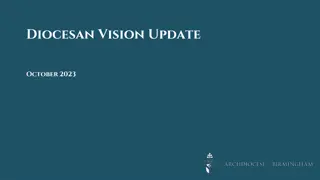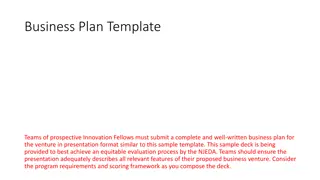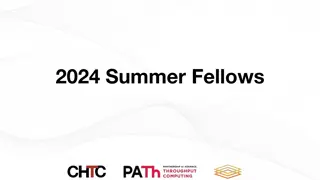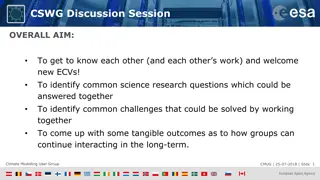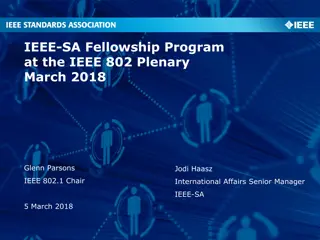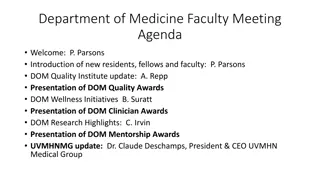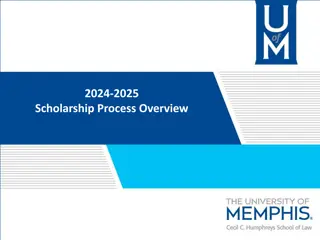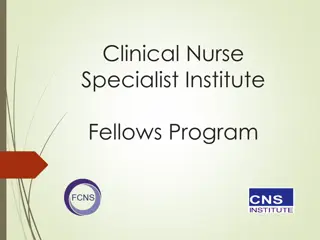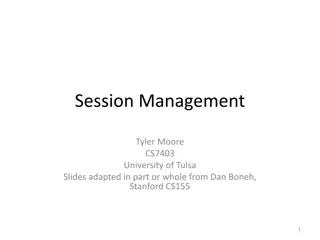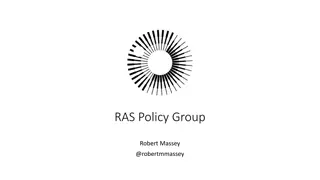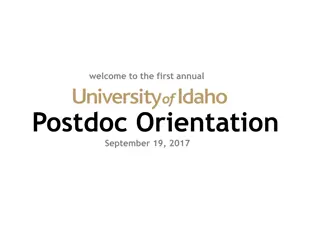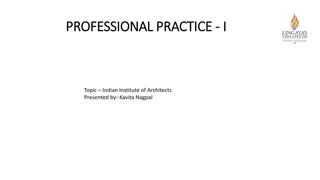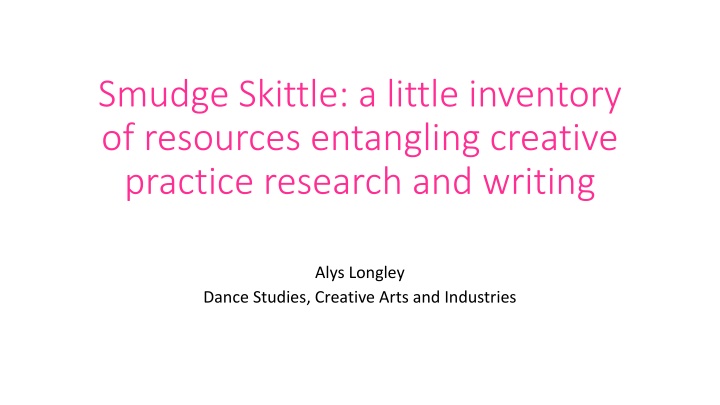
Exploring Creative Practice, Writing, and Embodiment in Dance Studies
Dive into the intersection of creative practice, research, and writing within Dance Studies and the Creative Arts. Uncover how writing can bring ideas to life, allow for diverse perspectives, and be a form of curation. Discover the agency of materials and the expanded field of writing.
Download Presentation

Please find below an Image/Link to download the presentation.
The content on the website is provided AS IS for your information and personal use only. It may not be sold, licensed, or shared on other websites without obtaining consent from the author. If you encounter any issues during the download, it is possible that the publisher has removed the file from their server.
You are allowed to download the files provided on this website for personal or commercial use, subject to the condition that they are used lawfully. All files are the property of their respective owners.
The content on the website is provided AS IS for your information and personal use only. It may not be sold, licensed, or shared on other websites without obtaining consent from the author.
E N D
Presentation Transcript
Smudge Skittle: a little inventory of resources entangling creative practice research and writing Alys Longley Dance Studies, Creative Arts and Industries
1. Your state of embodiment is entangled with your practice of writing and the meanings your writing produces
2. Style can enable new perspectives on how ideas are understood and shared.
Ones always writing to bring something to life, to free life from where it s trapped, to trace lines of flight. The language for doing that can t be a homogeneous system, it s something unstable, always heterogeneous, in which style carves differences of potential between which things can pass, come to pass, a spark can flash and break out of language itself, to make us see and think what was lying in the shadow around the words, things we were hardly aware existed. (Deleuze, 1995, p. 141)
3. Imagining and writing for different kinds of readers with different forms of written address can allow us to see our work in different lights.
4. Working with duration and scale can enable writers to fold out different perspectives in studio-led and reflective work.
5. Understanding writing as a form of curation rather than a form of invention can open new space in your practice and allow creative thinking to move
6. Work with the agency of materials
We might now talk about writing in the expanded field, a field in which writing s conventional autonomy that is its objectivity, its truthfulness and its transparency is in question, as writing has opened out fully into its material and conceptual contexts ... in this expanded field language has weight, and it has material and visual freight . It has graphic presence that also carries meaning. Language can act as a form of dynamic exchange, a powerful conduit between the material and metaphysical or conceptual. (Claire MacDonald, 2009, p. 100)
7. There are endless models for writing a thesis including those yet to be discovered.
8. The principles of neurodiverse teaching graft well to principles for supporting artistic thinking
9. Embrace all the pleasures of journalling and documentation
10. Explore associative, tangential thinking, making space for ideas to surprise you


